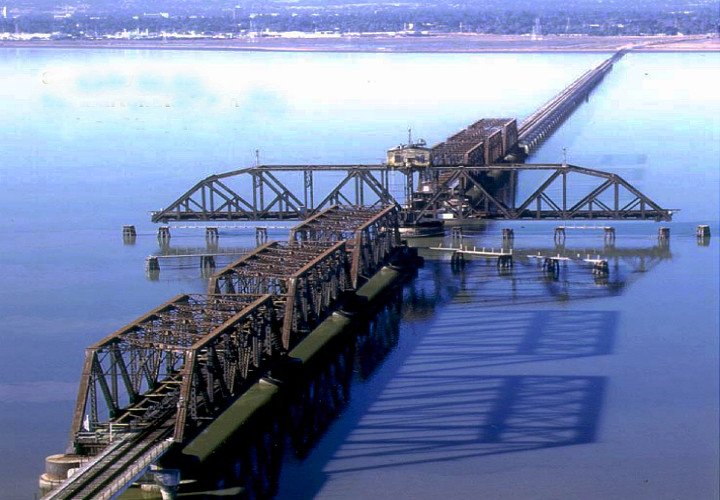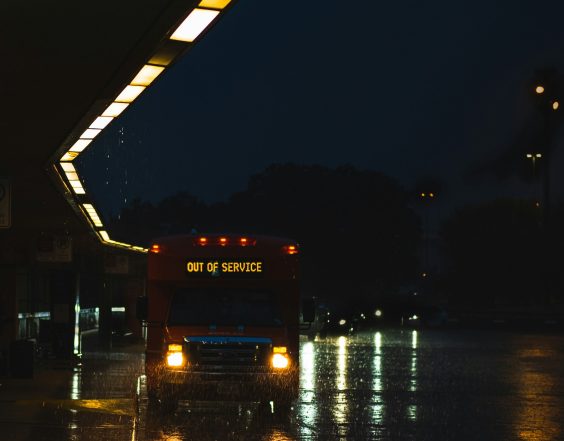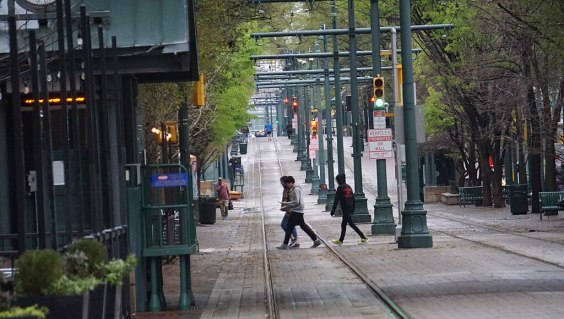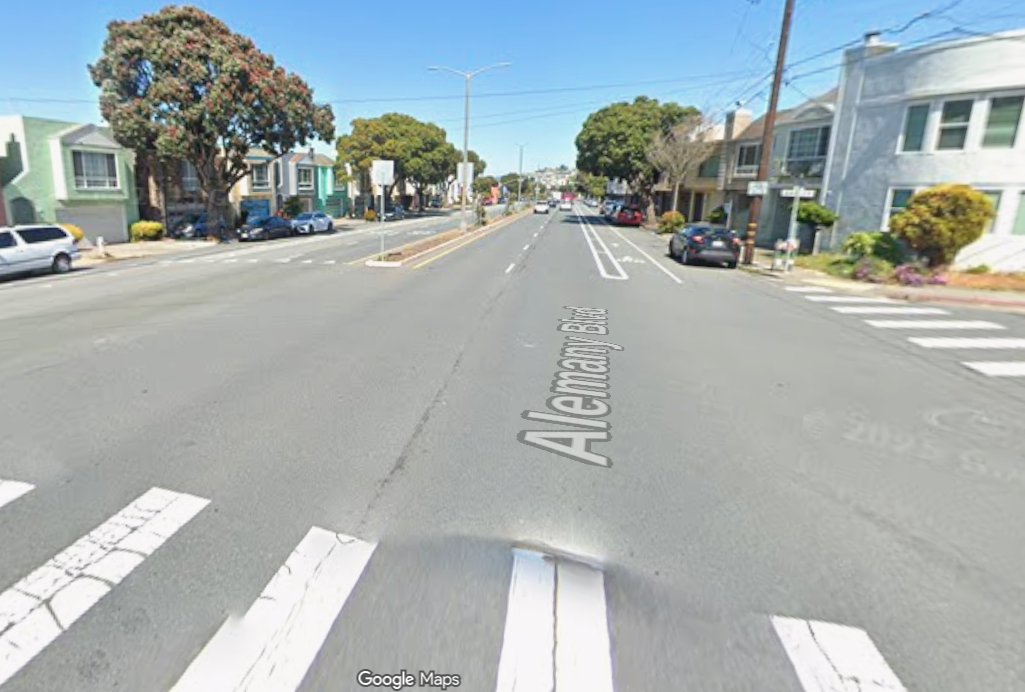Note: GJEL Accident Attorneys regularly sponsors coverage on Streetsblog San Francisco and Streetsblog California. Unless noted in the story, GJEL Accident Attorneys is not consulted for the content or editorial direction of the sponsored content.
The dream of running Caltrain directly between the mid-peninsula and the East Bay is in danger of getting shelved again.
The Palo Alto Daily Post had the latest disappointing headline over the weekend: 'Facebook is rethinking its commitment to help fund Dumbarton Rail Corridor study.' It quotes Facebook spokesperson Juan Salazar saying the social media giant is “reassessing this long-term commitment.” Streetsblog covered the original deal with Facebook back in 2016, when the company announced that it would provide $1 million and partner with SamTrans to launch a “Dumbarton Corridor Study" looking into restoring the on-again, off-again project.
The new rail service would stop at Facebook's headquarters in Menlo Park.
Streetsblog has reached out to Salazar and another contact at Facebook for more details and will update this post when a response is received. Meanwhile, Warren Slocum, a San Mateo County Supervisor who is involved in the negotiations, wrote to Streetsblog that he believes "the project can be salvaged. We have not given up on this 'missing link' rail system project and we continue to work behind the scenes to encourage a change in direction by FB,"
And from a SamTrans' statement:
We are in active discussions with FB about their continued participation in the project’s environmental review. We have heard feedback about this from a number of elected stakeholders and they are also actively encouraging FB to continue their commitment to the project at this critical time. This project has tremendous potential to secure construction funding and to provide game-changing traffic relief on one of the region’s most congested commute corridors. To do that, the project needs to be included in the region’s transportation plan and environmental review needs to be complete. That cannot happen without continued private sector investment in the planning process.
"Facebook is proposing to withdraw even from finishing the environmental studies for the corridor which are getting started," wrote Adina Levin of Friends of Caltrain, in an email to Streetsblog. She added that the funds are "...peanuts for Facebook and they should continue to fund the completion of the Environmental Impact Report."
"Dumbarton is clearly an important regional link that should be brought back and incorporated into an integrated rail network. Because it falls between the jurisdictions of counties and transit agencies, it's never been appropriately prioritized by our region," wrote Ian Griffiths of Seamless Bay Area, a group dedicated to the integration of the Bay Area's disparate transit systems. "Whether the project moves forward shouldn't have anything to do with Facebook's willingness to fund it - it should be prioritized by our region due to its potential to generate ridership, improve access, and reduce driving and climate emissions."
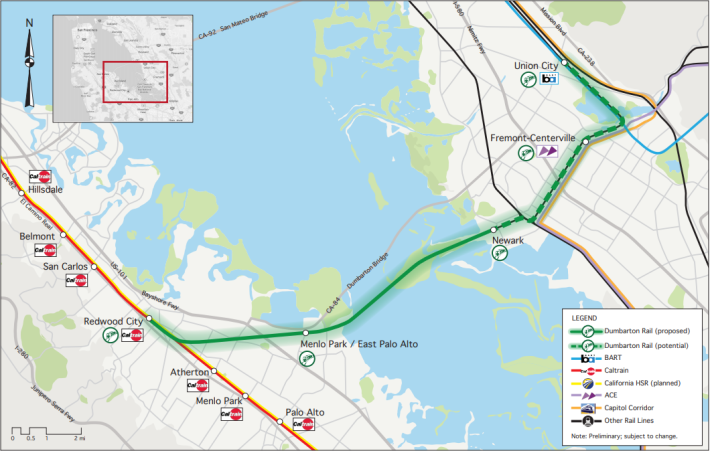
For those not familiar with the long-awaited project, there’s a twenty-mile stretch of old railway tracks (marked in green in the map above) that runs from Caltrain’s mainline in Redwood City, continues past Facebook’s Menlo Park campus, and then runs across the Dumbarton Rail Bridge to the East Bay. Long ago it carried passengers, and freight continued to use the corridor up until the 1980s. SamTrans purchased the tracks for a possible expansion of Caltrain to the East Bay in 1995. But the bridge was seriously damaged in a suspicious fire in 1998. Since then, calls to restore the line for passenger service have been repeatedly started and abandoned.
No doubt tech companies are reevaluating the importance of maintaining big campuses to which people commute daily, given COVID-19. That said, the technology to work from home is hardly new, yet prior to the pandemic most companies still saw value--and spent untold millions--on having campuses and office buildings for employees to work face to face. Furthermore, cities have suffered horrific epidemics throughout history and have rebounded. Yes, the tools for video teleconferencing have improved, and, one hopes, working from home can become more normal, even after a vaccine is found.
However, in Streetsblog's view, it would be short-sighted to think nearly everyone is going to cease needing or wanting to go to offices, even in the tech industry. Dumbarton seems like an enormous opportunity to join the Capitol Corridor with Caltrain and really stitch together regional and intercity transit in the Bay Area. Traffic is going to come back and potentially be worse than ever. It'd be a shame to lose this opportunity yet again.
"Facebook has over time worked to be seen as a good neighbor, and funding completion of environmental planning would continue that role. We understand why Facebook might not want to contribute hundreds of millions or billions toward a capital project that may no longer meet their corporate goals," wrote Levin. "This change also makes clear why the Bay Area as a region needs to have strong public sector regional leadership for the building out of its transit network."
